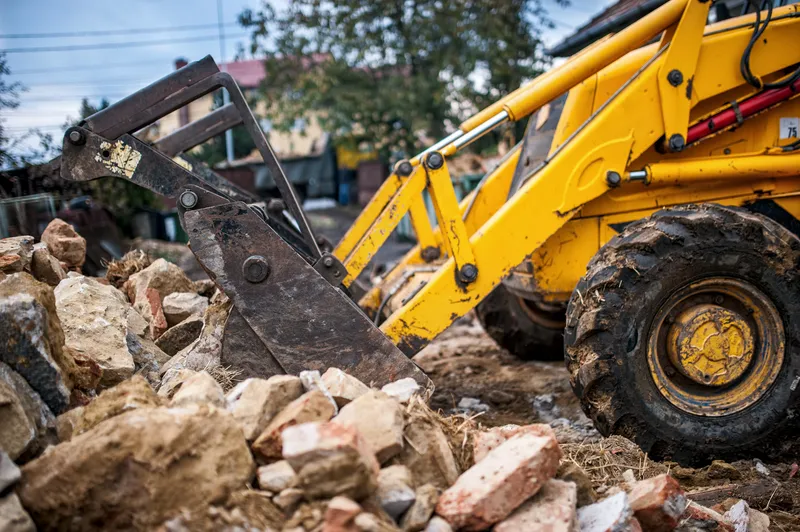Quality problems
Project finance as a discipline is concerned with taking risk with debt capital. Actually, delve slightly deeper and it is really about limiting the risks associated with the provision of debt capital. The last few years have seen a good deal of pressure on one of the key risks – construction risks. The Covid pandemic made a nonsense of construction timetables and many schemes were late in completion. Now the dust has settled on this risk, new construction risks are emerging.

The holiday makers in Nantucket must have got a fright when, instead of sharks roaming around the beaches, shards of wind turbine blade were seen lurking in the deep.
"In some areas, significant sharp debris has been observed floating in the water and is often hidden beneath the surface. Small fragments along the shoreline can pose a considerable hazard to swimmers and beachgoers," the Town's website reported.
Avangrid and Copenhagen Infrastructure Partners reported that a GE Vernova 13MW Haliade-X turbine blade had been destroyed during construction of the 806MW Vineyard offshore wind farm in mid-July. Offshore wind turbines have been getting larger and larger. Is the fact that the turbines are now so big a contributing factor to the Vineyard problems? Apparently not. GE Vernova CEO Scott Strazik said the blade had experienced a manufacturing deviation such as insufficient bonding and added "we have not identified information indicating an engineering design flaw".
That said, the disruption is bad enough, not just to Vineyard but across the market given that GE Vernova will now be checking 150 blades made at its Gaspe plant in Canada. And future supply chain deliveries could be impacted, ie, meaning new project delays.
"Clearly, while we're on pause right now, there's risk to some collections moving from '24 into '25," Strazik said. To add to the mix, the company suffered a problem with one of its turbines on the Dogger Bank site in the UK due to an installation error out at sea. And GE Vernova's factory in Cherbourg France had issues with blade moulds in April.
There is a push to make renewable power generation competitive. Offshore wind turbines are getting larger and larger as result. Production processes are being pushed to the limit. The 13MW Haliade-X machine has indeed been surpassed by new 15MW machines in the market but, that said, GE Vernova scrapped plans earlier this year to manufacturer an even larger 18MW machine.
Wind turbine technology is not easy and obviously the bigger the machines, the bigger the risk. And the problem is not confined to the offshore sector. A year ago, Siemens Gamesa revealed major quality issues at its newer onshore wind turbine platforms 4.X and 5.X. The problems impacted up to 30% of platforms and primarily involved wrinkles in the rotor blades plus particles discovered in the main bearings. As with the Haliade-X, the problems were put down to quality issues and delays followed. Revised versions of the 4.X turbines are due on sale in Europe by the end of September and the 5.X platform will be due back next year.
The solar sector has not been immune to the quality problems. Rating agency Fitch produced a report a week ago on the renewable projects in its rating universe and found solar inverters, which convert DC to AC, are causing problems in the US. Given the agency's main sample is in the US, it would be interesting if this trend was replicated elsewhere. Certainly, some problems have been reported in the Gulf.
Fitch said it had noted "more downtime events related to inverters in the US. Some issues have persisted beyond the usual initial one to two years of operation for new installations. Some older installations have experienced faster-than-expected wear and tear on essential parts."
Fitch said "support from manufacturers has also been problematic, as some have left the market, prompting certain projects to consider completely overhauling or replacing their inverters". It said addressing the issues involves selecting "high-quality inverters from reputable manufacturers, ensuring proper installation and on-going maintenance, adequate spare parts supply, and using advanced monitoring systems to detect and respond to issues promptly".
Interestingly, the Fitch report highlighted quality issues in the wind sector. Low wind yields are the main issue there it said but "operational issues, particularly problems with critical equipment leading to low availability, emerged as the second most cited factor affecting wind projects’ performance in the past years". GE Vernova has had broken blade issues in the onshore sector too.
The push for competitiveness has driven renewable construction prices down and efficiencies up. Are the problems being experienced now simply a range of quality issues or something more fundamental – quality issues due to the fact that the envelope is being push out as far as possible? The manufacturers maintain the problems are not design faults but that the more the problems crop up, the more the issues become a sector rather than a manufacturer concern. And across the transition space, other sectors have yet to make their giant competitive leaps forwards – for example, hydrogen, direct air capture, carbon capture, etc....






